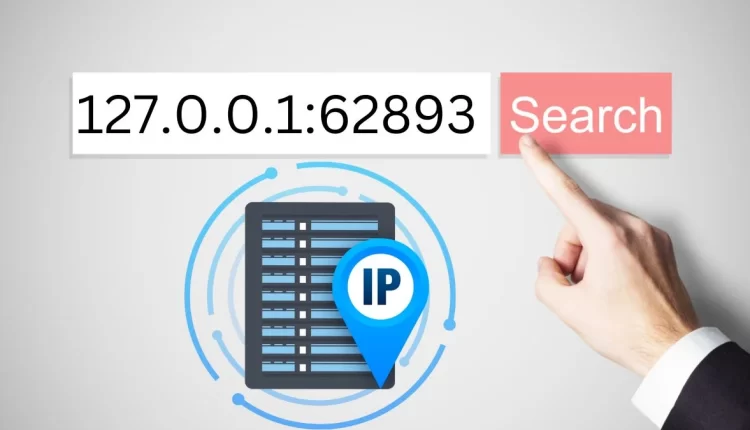Have you ever stumbled upon the curious string of numbers 127.0.0.1:62893 and wondered what it unlocks in the vast world of technology?
Often termed as your computer’s digital homestead, this address is more than just a gateway; it’s a crucial pivot for numerous tech explorations and problem-solving adventures.
Let’s peel back the layers of this technological marvel, understanding how it operates, its myriad benefits, and how you can wield its power to streamline your tech experiences!
What is 127.0.0.1:62893?
Understanding Localhost
127.0.0.1 is universally recognized as the IP address assigned to the localhost – your very own computer. Acting as a stage for self-hosted servers, this address allows you to test websites, software, and manage network settings in a safe, controlled environment.
Understanding the Port Number
The addition of : 62893 points to a specific port, creating a dedicated pathway for particular applications to communicate within your device. Understanding this is essential, not just for tech professionals, but for anyone who wishes to enhance their digital fluency in an increasingly interconnected world.
Benefits of Using Localhost
Safe Testing Environment
127.0.0.1:62893 offers a sandbox for developers and tech enthusiasts to experiment with web applications or server setups without the risk of exposing sensitive data to the internet. This isolation helps in detecting errors early, ensuring applications run smoothly before they go live.
Fast Access
Accessing your local server through this IP is significantly faster than through a remote address. It eliminates the latency involved in data travel back and fortver the internet, making it a preferred choice for rapid development and testing.
Control and Security
Using localhost means having full control over the network environment. You can configure settings, manage access permissions, and ensure a secure setup without external interferences.
Top Fixing Tips for Common Issues with 127.0.0.1:62893
Ensuring Server is Running
Before diving into complex solutions, check if the server you’re trying to access is actually running. A simple command like ping 127.0.0.1 can verify whether your local server is active.
Checking Port Availability
If 127.0.0.1 is up but you can’t connect to port 62893, use tools like netstat or telnet to check if the port is open and listening. If another service is using the port, you may need to assign a different one for your application.
Firewall Settings
Occasionally, firewall settings may prevent access to certain ports. Ensure that your firewall allows traffic on port 62893, and adjust the settings if necessary.
Updating Network Drivers
Outdated or corrupted network drivers can disrupt local IP connections. Keep your system’s network drivers up-to-date to avoid such issues.
Conclusion
Understanding how 127.0.0.1:62893 works can make you better at managing and troubleshooting your computer applications. Remember, it’s all about knowing how to direct the traffic inside your computer, just like knowing the right apartments in a big building!
Frequently Asked Questions
The IP address 127.0.0.1 is fixed for localhost, but you can use different port numbers.
It usually means the application supposed to run on this port isn’t running or there’s a network setting blocking it.
Yes, it’s very safe as it’s only accessible from your own computer.
No, localhost works without any internet connection.
No, each port can be used by only one application at a time.
